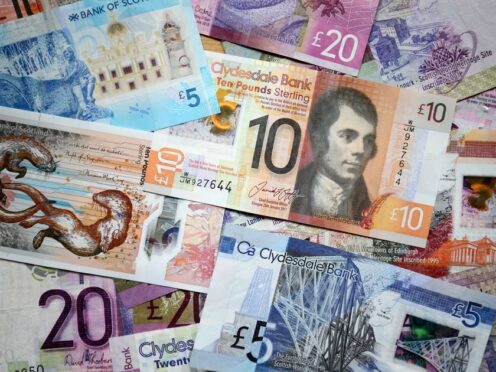Carbon capture and storage could create thousands of jobs in Scotland and provide an economic boost worth hundreds of millions of pounds – but only if skills gaps are closed, a study has found.
The University of Strathclyde research found developing a carbon transport and storage (T&S) sector in Scotland could deliver 3,000 jobs and £300 million annually by 2042.
However the researchers said these benefits depend on action being taken to address labour market pressures, with the study estimating the T&S sector will generate 300% more jobs and 84% higher economic returns if action is taken to close skills gaps.
Study lead Professor Karen Turner said: “Lessons from the Centre for Energy Policy’s research on establishing a CO2 T&S sector in Scotland suggest there are significant potential gains to be had in terms of jobs and economic growth.
“Benefits emerging across the wider economy could offset the costs of the investment needed and those of government support.
“Yet, as with other efforts across the net zero space, a focus on addressing persistent skills and worker shortages is crucial. This is in terms of both maximising economic gains, and enabling a just transition that delivers sustainable and more equitable prosperity.”
The study found the economic benefits could be greater still if the sector also develops an export market to sequester emissions from elsewhere in the world, with up to 4,900 jobs and annual returns of £490 million being created by 2042 in this scenario.
Prof Turner warned of the “congestion effects” of too many projects linked to carbon reduction being pursued at once, and called for these to be sequenced so their full benefits can be realised.
“Government and industry must work together to consider the sequencing of projects to avoid the potential congestion effects of increased demand and competition for resources associated with multiple net zero and other infrastructure projects coming online simultaneously,” she said.
“This will be vital to ensuring that costs to projects, to the wider economy, and ultimately to taxpayers are not driven up unnecessarily. It will also ensure the timely completion of projects that are necessary for the UK to achieve its net zero goals.”
The study was undertaken by the University of Strathclyde Centre for Energy Policy as part of the Scotland’s Net Zero Infrastructure programme, funded by UKRI’s Industrial Decarbonisation Challenge and focusing on the Acorn T&S system, one of four supported by the UK Government.
A Scottish Government spokesperson said: “The Scottish Government is fully supportive of the development of carbon capture utilisation and storage as a key enabler of decarbonisation across key sectors in Scotland including heat, industry and power.
“This report highlights the potential of CO2 transport and storage in Scotland and we will consider its findings and recommendations.
“Net zero and new technology present Scotland with many opportunities to build on our existing strengths and generate higher investment, more and better paid jobs, and we are committed to working with businesses and workers to realise them.”
